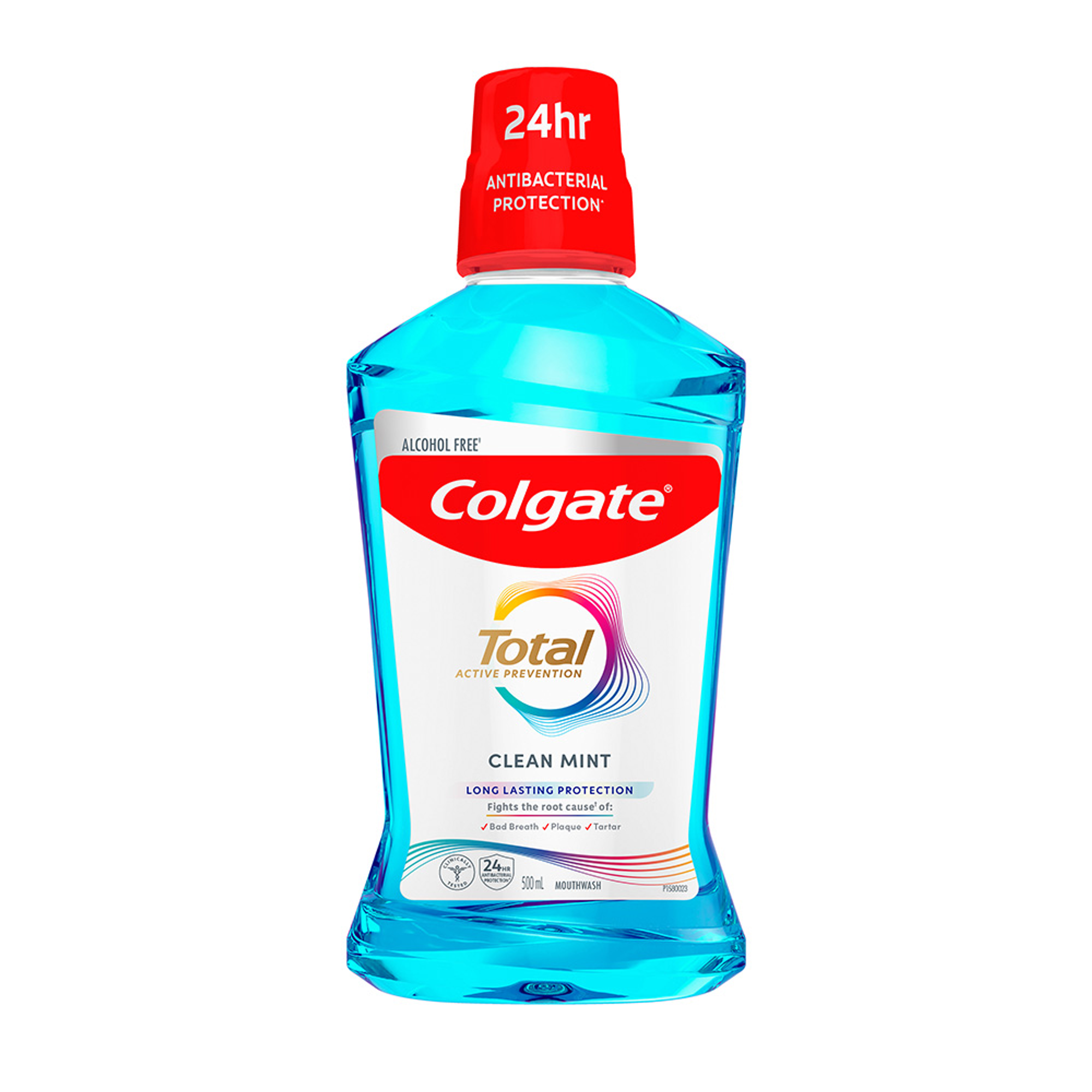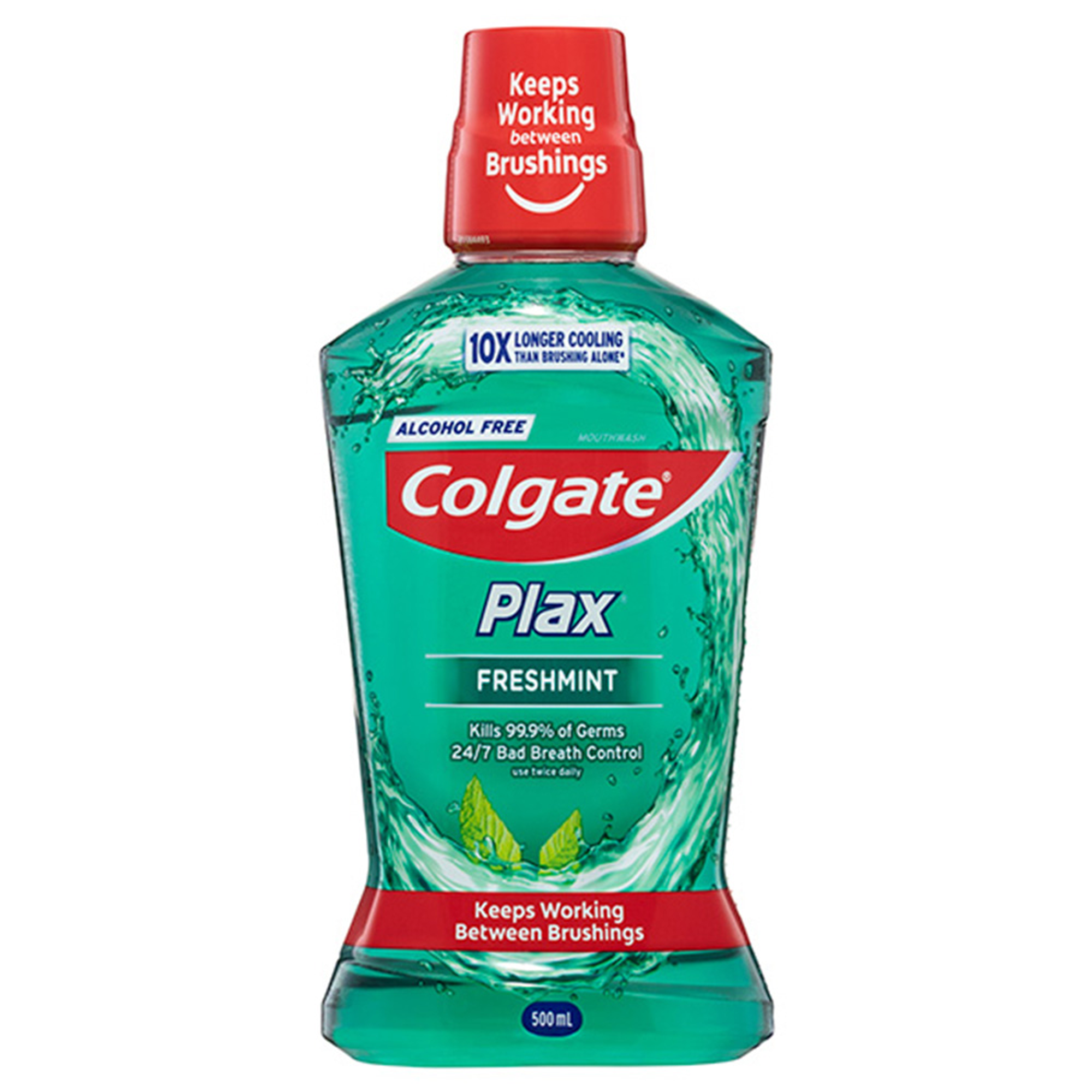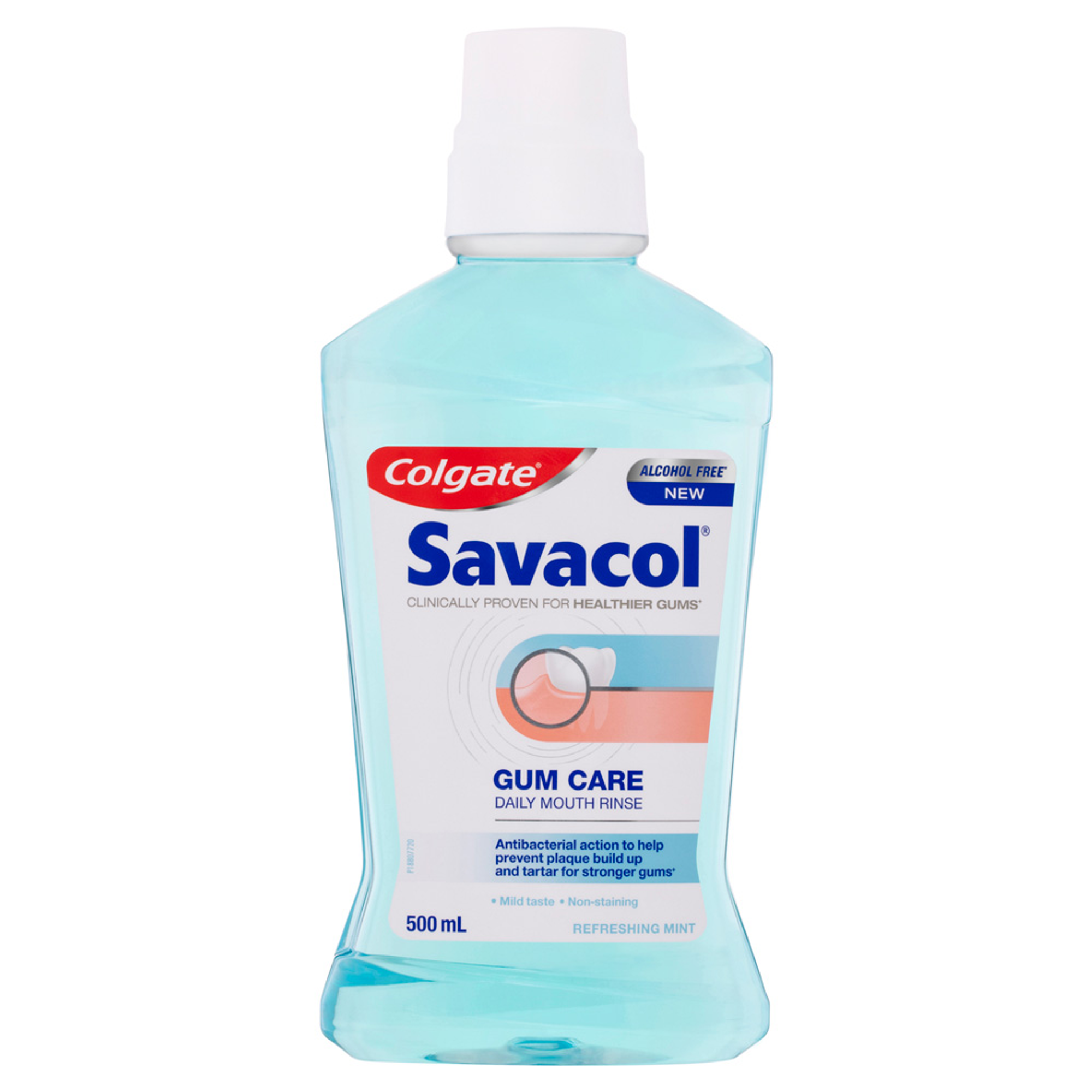
Patient communication is constantly underrated and undervalued. However, the world we live in is constantly-changing, with the advent of new information sources such as alternative websites and social media. We need to therefore be at the forefront of information and stay on top of everything, steering our patients on the right path towards better dental health. It is seldom talked about during dental school, yet our dental communication is the vital bridge between our comprehensive understanding of our patient’s dental health and their acceptance, acknowledgement and willingness to address the situation.
Why is effective communication important?
In a world of social media, the internet, and various other “news” sources, our role as the dental professional appears to be evolving from the sole information provider, to trying to guide, personalise and corroborate our patients’ findings and their resulting decisions as they navigate the ever-changing, confusing, fragmented and contradictory world that we now live in(1,2).
There are two major issues that I want to discuss about the way we communicate and deliver information to our patients. The first, is that each patient is different, with unique personalities and traits that we need to look at in terms of personalising and adapting our information and approach. The second is that regardless, the human brain can only retain so much information. Numerous psychological studies and papers refer to things such as Miller’s magical number, which is the amount of information an average person can retain in their working memory(3).
Effective communication therefore has to be about making all these sources of information complement, not oppose, each other, with the end-goal of reinforcing this information in a reliable and simple, easy-to-understand manner that is tailored to each patient.
Simple tips to improve your dental communication
Keep things simple. I like to live my life generally through the K.I.S.S approach – If you haven’t heard this before, it’s short for “Keep It Simple Stupid”. Every patient and situation is unique, but if we work off simple, solid foundations and principles, then we can easily tailor our approach to suit each and every patient:
Understand firstly, that there are 3 main values that can influence the dental encounter – humility, hospitality and mindfulness. These in turn affect our ability to connect, examine, share, and intervene(4). What does that actually mean in regards to communication in the dental setting? It means that we firstly need to look at forming a good rapport with the patient for them to be able to understand us better. This needs to start from when your patient first makes an appointment, through your dental team, and lastly, through your general interaction during the appointment itself. Take time through your staff and yourself, to generate and form an actual relationship with the patient, treating them as a human and not just another hole in a tooth. I know this sounds like common sense, but I’ve seen too many dentists treat patients like just another (tooth) number.
Limit all the jargon, and instead focus on 3 key points you want the patient to take away from the conversation. Most dentists get carried away, and feel as though they need to inform the patient of every possible risk and complication, or describe the periodontal condition in complete detail. Doing this may, for a lot of dentists make them feel better dento-legally. However, contrary to the hope that the patient will absorb all the information and understand it completely, it may work the complete opposite to what you had intended. Instead, try to “chunk” the most important points together into just 3 main takeaway points. After the general discussion and at the end of the appointment, also repeat these points in a concise manner to reinforce them.
Speak slowly without using medical jargon. You’ll be surprised how much more effectively you can come across when you speak in a calm, paced manner.
Use the widely-known “teach-back” method. Ask the patient to demonstrate that they understand what you have just communicated with them. This may mean asking them to show you how to floss their own teeth after you’ve demonstrated on a model, or just repeating the 3 main points in their own way by asking them directly. One way to do this is to ask “Okay, so do you understand what we just talked about?”, and then with your fingers count up to 3 as the patient verbalises each of the 3 points back to you.
Customise your analogies and examples. Tailor the conversation according to the patient, and be adaptive in your examples when describing situations, such as describing oral hygiene like washing your car, to a mechanic, or otherwise like washing yourself in the shower to someone else. Not one example or analogy is going to work for everyone, so have a few up your sleeve for different situations. This also relates to when describing dental conditions – Some people are very visual, so drawing pathology like gum disease can be very effective.
The above is by no means an exhaustive or comprehensive list, but it highlights the need to form solid principles in order to effectively communicate with each of our patients. Not one patient is like another, so adapting our approach to each one of them is vital. As we look to the future, hopefully we can find other ways to further bridge the communication gap, such as, through utilising the increasing and various forms of media and technology we have available to us.
Seymour, B., Yang, H., Getman, H., Barrow, J., Kalenderian, E (2016). Patient-Centered Communication: Exploring the Dentist’s Role in the Era of e-Patients and Health 2.0. Journal of Dental Education, 80(6), 697-704.
Hernandez, L. (2008). Standardizing Medication Labels: Confusing Patients Less, Workshop Summary. Washington, D.C: National Academies Press.
Miller, G.A. (1956). The magical number seven, plus or minus two: Some limits on our capacity for processing information. Psychological Review, 63(2), 81–97.
Apelian, N., Vergnes, J.N., Hovey, R., Bedos, C. (2017). How can we provide person-centred dental care?. British Dental Journal, 223, 419–424.
Dr Sam Koh (BDSc Melbourne) is a general dentist in private practice, with special interests in Cosmetic Dentistry and Orthodontics. Dr Koh has been awarded with prestigious fellowships from the International Academy of DentoFacial Esthetics in New York, the Pierre Fauchard Academy in London, as well as a fellowship in Orthodontics. He is the co-founder of the Young Dentist Hub, and a speaker/Key Opinion Leader for several dental companies. Dr Koh is writing this as a part of the Colgate Advocates for Oral Health Community.
Join us
Get resources, products and helpful information to give your patients a healthier future.
Join us
Get resources, products and helpful information to give your patients a healthier future.











